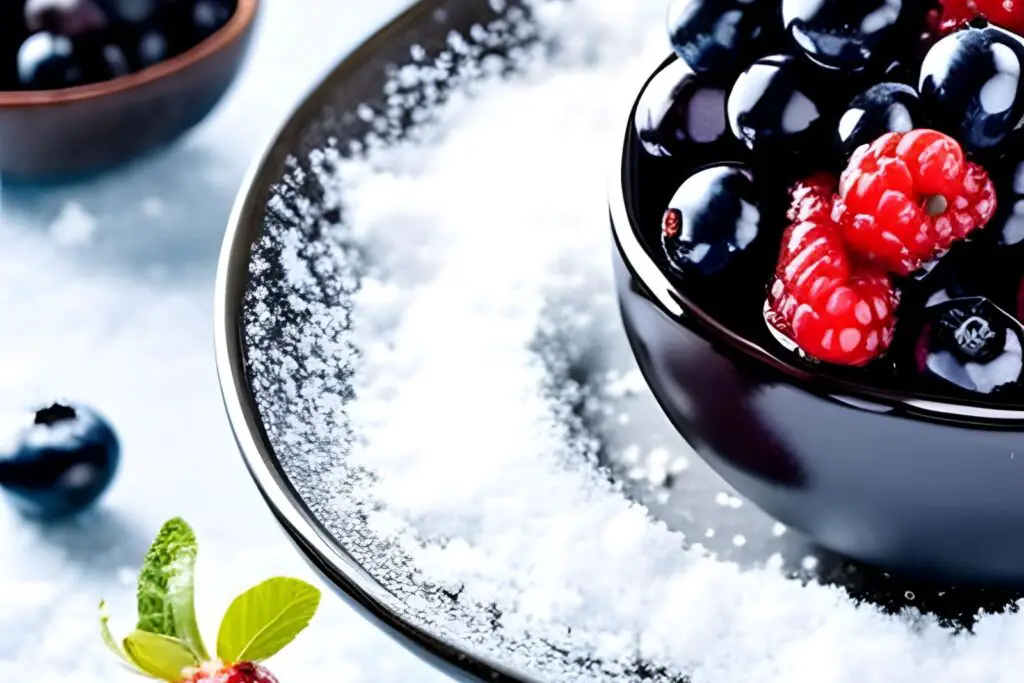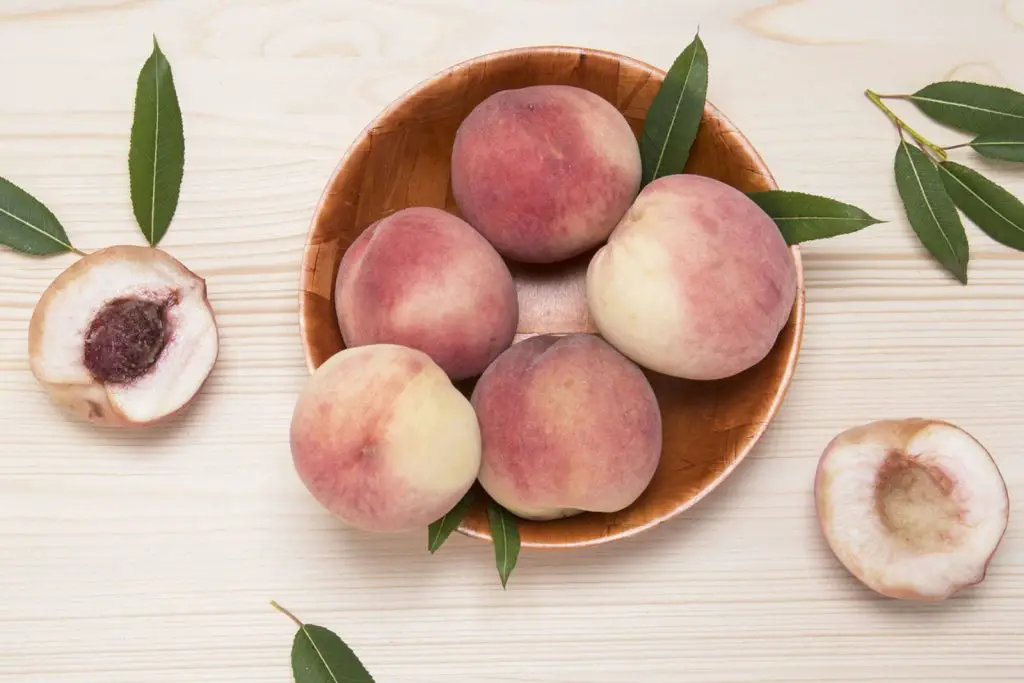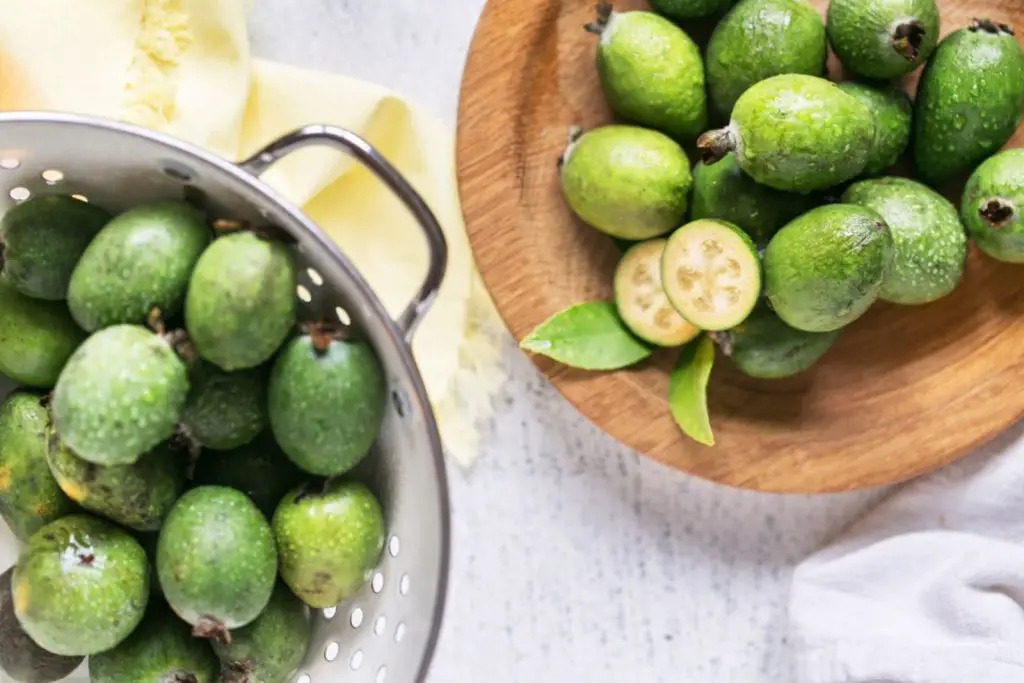
Limes, the small and tangy citrus fruits, are a zesty addition to countless culinary creations and refreshing beverages. With their bright green color and citrusy flavor, limes offer a burst of freshness that can elevate the taste of both sweet and savory dishes. Whether used in marinades, dressings, desserts, or cocktails, limes bring a delightful tang and aromatic essence to recipes.
To make the most of limes when they are in abundance or to ensure you always have this versatile citrus fruit on hand, freezing limes can be a practical solution. Freezing limes not only helps preserve their juiciness and flavor but also ensures that you can enjoy the tangy zest of limes in your recipes and drinks whenever you desire. In this guide, we will explore the best methods for freezing limes, providing you with a convenient and flavorful ingredient that can brighten up your culinary creations and quench your thirst with the refreshing taste of limes.
Here is a step-by-step guide on how to freeze limes:
Step 1: Select ripe and fresh limes
When it comes to freezing limes, the selection of ripe and fresh fruits plays a vital role in preserving their taste and texture. Optimal quality limes are essential to ensure a satisfactory outcome upon thawing. Ripe limes exhibit a vibrant green hue and possess a slight yielding sensation when gently pressed. This indicates that the limes have reached their prime state, characterized by optimal flavor and juiciness.
The significance of choosing limes devoid of blemishes or soft spots cannot be overstated. Such imperfections may serve as indicators of decay or the presence of mold, which can significantly impair the frozen limes’ sensory attributes. By carefully scrutinizing each lime during the selection process, one can eliminate those that show signs of spoilage, guaranteeing a superior final product.
By starting with the finest limes available, individuals can elevate the overall quality of their frozen limes. These meticulously chosen fruits, with their unblemished surfaces and optimal ripeness, ensure a delightful citrus experience when incorporated into culinary endeavors post-thawing. The attention given to the selection of ripe and flawless limes paves the way for an enhanced gastronomic journey, brimming with the invigorating and tangy essence these fruits bring to the table.
Step 2: Wash the limes
This process aims to eliminate any potential contaminants, such as dirt, debris, or pesticide residues, that may be present on the surface of the limes. To begin, it is recommended to place the limes under a gentle stream of cool running water. This helps to dislodge any visible dirt particles adhering to the skin. By allowing the water to flow continuously, the washing process becomes more effective in ensuring a comprehensive cleaning.
While washing, it is beneficial to employ a vegetable brush with soft bristles. Gently scrubbing the lime’s surface with the brush aids in removing any stubborn residue or debris that may not be easily washed away by water alone. The brush’s soft bristles effectively dislodge impurities without damaging the delicate skin of the limes.
The objective of this washing procedure is to provide a hygienic foundation for the frozen limes. By eliminating external contaminants, potential microbial growth is minimized, thereby enhancing the overall safety and quality of the frozen fruit.
Step 3: Slice or juice the limes (optional)
This step allows for customization based on personal preference and the intended use of the limes in future culinary endeavors.
Slicing the limes into thin rounds or extracting their juice before freezing offers added convenience when incorporating them into various recipes at a later time. By opting to freeze lime slices, individuals can easily access and use specific portions of the fruit without the need to thaw the entire lime. This is particularly useful when recipes call for precise measurements or when using limes as a garnish.
Alternatively, extracting lime juice prior to freezing offers flexibility in terms of portioning and enables easy incorporation into beverages, dressings, marinades, or any recipe that requires the zesty tang of lime juice. Freezing lime juice in ice cube trays allows for easy portion control, as the frozen cubes can be conveniently popped out and added directly to recipes.
The choice between freezing whole limes, lime slices, or lime juice ultimately depends on individual preferences and the intended use of the limes in future culinary creations. Each option provides distinct advantages in terms of convenience, versatility, and ease of use, ensuring that the frozen limes can be effortlessly integrated into a wide range of recipes and culinary applications.
Can I freeze limes with the peel on?
Yes, you can freeze limes with the peel on. However, it’s important to note that the texture of the peel may change during freezing, potentially becoming softer and less desirable. If you plan to use the frozen limes primarily for juice or zest, it may be more convenient to remove the peel before freezing. Otherwise, freezing limes with the peel on is an option, and you can remove the peel after thawing if desired.
Should I remove the seeds before freezing limes?
It is generally recommended to remove the seeds before freezing limes. The seeds can impart a bitter taste and affect the texture when frozen. Removing the seeds beforehand ensures a smoother and more enjoyable culinary experience when using the frozen limes in various recipes.
Step 4: Pack the limes
After preparing the limes for freezing, the next step involves carefully packing them to ensure optimal preservation and convenience. The choice of packaging depends on whether whole limes, lime slices, or lime juice are being frozen.
For whole limes, it is recommended to utilize a freezer-safe container or freezer bag. These containers are specifically designed to withstand low temperatures and prevent freezer burn. When placing whole limes in a container or bag, it is crucial to leave sufficient space between them. This prevents the limes from sticking together during the freezing process, allowing for easier separation when needed.
When freezing lime slices or lime juice, alternative packaging methods can be considered. Ice cube trays are particularly suitable for freezing lime juice as they allow for convenient portioning. Pouring lime juice into the individual compartments of the ice cube tray ensures that the frozen cubes can be easily retrieved in desired quantities for recipes, eliminating the need to thaw larger portions unnecessarily. Additionally, small freezer containers can also be used to store lime slices or lime juice, providing a suitable and organized solution for portioning and storage.
Step 5: Seal and label the container
Once the limes are packed in suitable freezer-safe containers or bags, it is important to proceed with the crucial step of sealing and labeling the packaging. This step ensures the preservation of the limes’ quality and facilitates easy identification and organization within the freezer.
Sealing the container or bag tightly is imperative to prevent the entry of air and moisture, which can compromise the flavor, texture, and overall quality of the frozen limes. By creating an airtight environment, the risk of freezer burn, which can lead to a deterioration in taste and texture, is significantly reduced. The sealing process effectively protects the limes from any potential freezer odors or contaminants, allowing them to retain their freshness and flavor for an extended period.
Labeling the package with the date of freezing is an essential practice that helps keep track of the limes’ freshness and ensures proper rotation. By clearly indicating the date of freezing, individuals can easily identify the timeline for usage and prioritize older packages for consumption. This practice promotes the optimal utilization of the frozen limes, as it allows for the identification of the oldest packages, ensuring that they are used before newer ones.
In addition to the date, labeling the package may also include other pertinent information, such as the type of limes (e.g., Persian limes, Key limes) or any specific details relevant to the freezing process. This additional information further enhances organization and simplifies the selection of the desired limes for specific recipes or purposes.
Step 6: Place in the freezer
After properly sealing and labeling the container or bag of limes, the next step is to place it in the freezer for long-term storage. It is essential to follow certain guidelines to ensure optimal freezing and preserve the quality of the limes.
Firstly, it is crucial to select a flat surface in the freezer to place the sealed container or bag. This helps to maintain the stability and integrity of the packaging, preventing any accidental spills or leaks. A flat surface also ensures even distribution of cold air around the limes, promoting consistent freezing and preservation.
It is important to ensure that the limes are not stacked or squeezed together within the container or bag. Stacking or squeezing limes together can result in them freezing into a clump, making it difficult to separate and use individual limes when needed. This clumping can also lead to a loss of quality and texture as the limes thaw. By allowing sufficient space between the limes, they can freeze individually, retaining their individuality and making them easier to handle in the future.
The proper placement and spacing of the limes within the freezer contribute to their overall quality and ease of use.
How long can I keep frozen limes in the freezer?
Frozen limes can be stored in the freezer for an extended period, typically up to 9 to 12 months. While they may remain safe to consume beyond this time, their quality may start to decline, resulting in potential flavor and texture changes. To ensure the best taste and freshness, it is recommended to use the frozen limes within the first year. Proper packaging, such as airtight containers or freezer bags, and labeling with the freezing date can help track the duration of storage and maintain the limes’ quality.
Step 7: Thawing and using frozen limes
When the time comes to utilize the frozen limes, the thawing process is a crucial step in restoring their texture and flavor. There are a few methods to thaw frozen limes, depending on the desired application and convenience.
One common method is to remove the desired amount of frozen limes from the freezer and allow them to thaw in the refrigerator. This slow thawing process ensures a gradual return to their original state, preserving the quality and minimizing any loss of flavor or texture. Thawing in the refrigerator is particularly suitable when planning ahead, as it allows for controlled and even thawing over several hours or overnight.
Alternatively, if time is limited or immediate use is desired, frozen limes can be thawed at room temperature. This method generally results in a quicker thawing process, but it is important to monitor the limes closely to prevent excessive softening or spoilage. Thawing at room temperature is best suited for situations where the frozen limes will be used promptly.
If lime slices or juice were frozen in ice cube trays, the convenience of portioning becomes even more apparent. By using ice cube trays, the frozen lime slices or juice are conveniently divided into individual portions. To use them, one can easily pop out the required amount of frozen lime slices or juice cubes, reducing the need to thaw an entire package.
Regardless of the thawing method chosen, it is essential to handle the thawed limes with care. Once thawed, they may become more delicate and prone to breaking apart. It is advisable to use thawed limes promptly in recipes, as their texture and juiciness may differ slightly from fresh limes.
Can I refreeze limes that have been previously thawed?
It is generally not recommended to refreeze limes that have been previously thawed. When limes are thawed, their texture and quality may undergo changes, and bacteria can begin to multiply. Refreezing can further deteriorate their taste, texture, and nutritional value, resulting in an undesirable product. To maintain optimal quality and safety, it’s best to use the thawed limes promptly or consider portioning them before freezing to avoid the need for refreezing.
Other related questions
Can I use frozen limes with the fresh ones?
Yes, you can use frozen limes alongside fresh ones in various recipes. The flavor and acidity of frozen limes remain intact, making them suitable for adding a zesty kick to dishes or beverages. However, frozen limes may have a slightly different texture compared to fresh ones. It’s important to consider the specific recipe and adjust accordingly. Frozen limes are particularly handy when fresh limes are not readily available, ensuring a constant supply of tangy citrus flavor. Experiment with the combination of fresh and frozen limes to find the perfect balance for your culinary creations.
How do I know if frozen limes have gone bad?
To determine if frozen limes have gone bad, consider their appearance, texture, and odor. If the limes show signs of freezer burn, such as dryness, discoloration, or ice crystals, their quality may have been compromised. Additionally, if the texture feels mushy or excessively soft when thawed, it is an indication of spoilage. A sour or off-putting odor is another sign of limes gone bad. Trust your senses and discard any frozen limes that exhibit these unfavorable characteristics to ensure your safety and enjoyment.
Can I freeze limes with other citrus fruits, such as lemons or oranges?
Yes, you can freeze limes with other citrus fruits like lemons or oranges. They can be frozen together in the same container or bag. Freezing them together allows for convenient storage and easy access to a variety of citrus flavors for future use in recipes, beverages, or garnishes. Just ensure each fruit is properly washed, sliced or juiced if desired, and packaged securely to maintain their individual flavors and prevent cross-contamination.
Can I use frozen limes in baking recipes?
Yes, you can use frozen limes in baking recipes. Thaw the frozen limes and use them as you would fresh limes in recipes that call for juice, zest, or even as a garnish. Keep in mind that the texture may be slightly different from fresh limes, but the flavor and acidity will still be present, adding a tangy twist to your baked goods.








